September comes, that is also when the summer-autumn rice harvest season in my hometown begins. Under the vast blue sky with clouds like giant white cotton drifting, the entire vast field, past the stage of heading and milking, is now covered in a golden color by the ripe, curved, heavy rice flowers. The rice fields are connected to each other like a sea, rustling in the wind, at first hearing it sounds like the sound of waves. During these days, all the hamlets and houses are busy with the harvest, because the rainy season is coming, if we don’t harvest in time, the water will flood. Flooding means the rice will rot, become moldy, and hunger is imminent. “One grain in the house is worth three grains in the field”, that is why, in some fields, people harvest a couple of ears of rice that are not yet ripe. It is not only the summer-autumn crop, but also the winter-spring crop. When the rice is ripe, everyone must concentrate on harvesting, because although there is no flood, in the sun, the rice is prone to falling.
 |
| Photo: Cong Dinh |
In the old days, there were no combine harvesters like today, so during harvest time, in my hometown, every household relied on human strength. In addition to sickles, people also carried a variety of things such as: shoulder poles, poles, strings, ropes to tie... For farmers, life depended on their gardens and rice fields, so there was nothing happier than a good harvest. Throughout the fields, although they had to work hard, everywhere was filled with laughter and chatter. Here people praised the good rice varieties, there discussed choosing varieties for the next season. On the small roads leading to the village, many sections were bumpy, bumpy with buffalo hoof prints, people carrying rice had to walk slowly, step high while their shoulders were painful from calluses, but everyone was cheerful, meeting each other and smiling happily.
Not only are they busy in the fields, but they are also busy at home. Many families, when they harvest rice, some build barns to thresh, others pile it up and let the buffalo trample it. Not to mention the next steps that need to be done such as: drying the rice, drying the rice, drying the straw, drying the stubble.
 |
For us kids, when the harvest season came, many of us had to help our parents cut the rice or do light chores like spreading the straw out to dry, stirring the rice to dry..., but the rest of the time could be called a happy season. In the fields that had just been harvested, while letting the buffaloes graze, we picked up the straw, stacked it on dry branches to make houses, or played games of chasing each other, fighting; when we got bored, we sometimes used the straw to roll into frogs, burn them, create smoke, and throw them into frog holes so they could jump out and catch them to bring home to cook porridge. In the fields that had not been harvested yet, locusts often gathered in large numbers, all of them were plump and round, we could freely surround and catch them, then burn the straw to grill them. This was a very delicious dish, because the grasshoppers were plump and shiny all over, when grilled, not only did their fat and fat ooze out but they also gave off a very pleasant aroma, especially when that aroma mixed with the pungent smell of burning straw spreading in the wind. Not only that, sometimes in the newly harvested rice fields, we come across some lost cuckoos wandering around, we often bring them home, raise them until they are bigger and then release them into the bamboo banks...
There is an unforgettable image in the harvest season of straw. Straw is scattered on the banks of the fields, on the paths. Straw is spread all over the empty land in the garden. Like many other families, after the harvest, if it is the summer-autumn season, my father often chooses some good straw to dry separately, saving it to thatch the pigsty and buffalo pen. The rest is also dried thoroughly, piled up into a high mound, compacted like a giant mushroom, saved, gradually withdrawn for the buffalo and cows to eat during the stormy winter days.
 |
Harvest season is a hard season, whether it is winter-spring or summer-autumn, but for the villagers it is a happy season. There is nothing more joyful than enjoying the fruits of one's labor after months of hard work, especially when the rice has been dried and stored in the house. In the village, no matter how poor a family is, normally many meals have to be mixed with potatoes or cassava, now at least they can eat white rice for a few days. Pots of new rice are always fragrant and sticky, and eaten with anything is delicious. Not to mention, with new rice, everyone wants to reward themselves, this family grinds flour to make banh xeo, banh beo, that family makes banh duc. Even livestock such as chickens, ducks, geese... look plumper during harvest days, walking around the yard looking more relaxed and leisurely than the days before...
In my hometown, there is a custom of offering new rice. Usually, when the rice in the field has been harvested and brought home to dry, people immediately prepare a tray of rice to offer to their ancestors. After the offering, each family invites the other. Although it is not as big as the death anniversary or Tet holiday, just a meal, sometimes simple and plain, the new rice offering ceremony is always solemn, organized with sincerity, showing gratitude to the ancestors, at the same time through which the villagers want to create a stronger bond of neighborliness and village love.
Many Vietnamese people grow up with the image of a countryside field with many colors of the past harvest seasons. That image has also become a shimmering memory in many poetic works. The military poet Nguyen Huu Quy once had a very good poem titled "Returning to the harvest sunset" , in which there is a passage expressing his deep feelings: "Leaving behind the green and red lights/the proud, bright houses/the dusty, noisy streets/the crowded, rolling stream of life/I return to the harvest sunset/where the straw smells of memories/the sun of the countryside sets into the rice grains/dreams ripen on the chest of the fields/At the end of the day, bathing in the immense wind/the muddy dew soaks the feet/silently listening to the season calling/silently listening to the afternoon go...". And here is a passage from the poem “Harvest Season” by poet Ho Bac: “The rice grains are golden in the fields above/Golden through the fields below, and then up to the middle of the village/The poor village is happy with the arrival of the new season/Inside and outside calls, bustling footsteps/The scent of the new night is fragrant/Fragrant from the kitchen smoke, fragrant from the distant alleys”…
HOANG NHAT TUYEN
Source: https://baokhanhhoa.vn/van-hoa/nhung-vung-ky-uc/202409/nhung-mua-gat-di-qua-0217703/





















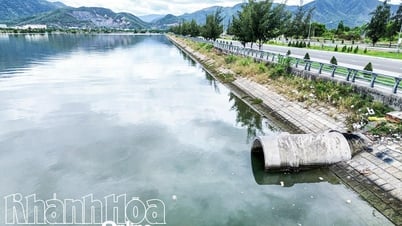












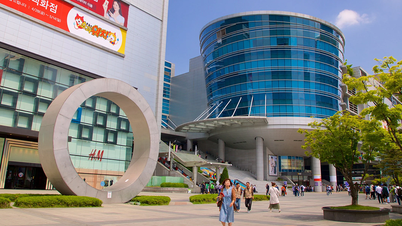























































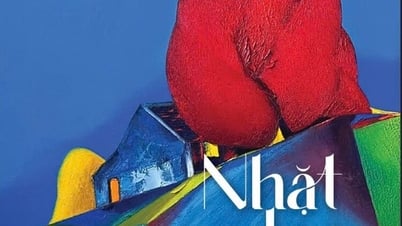


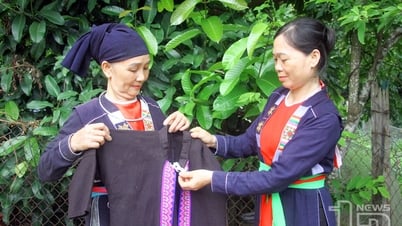













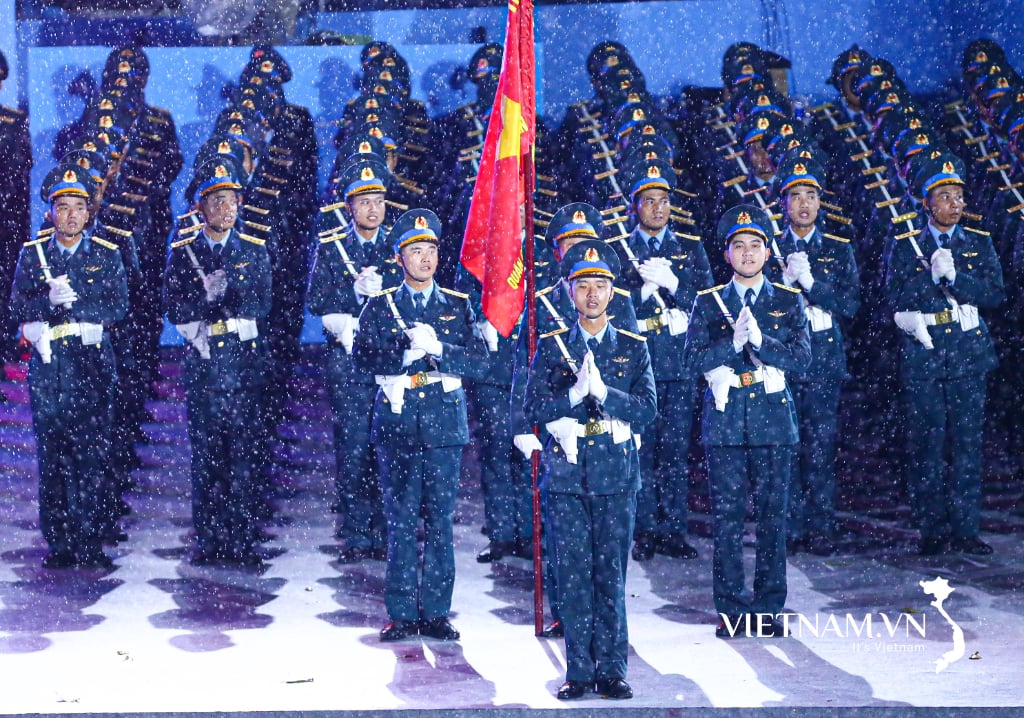
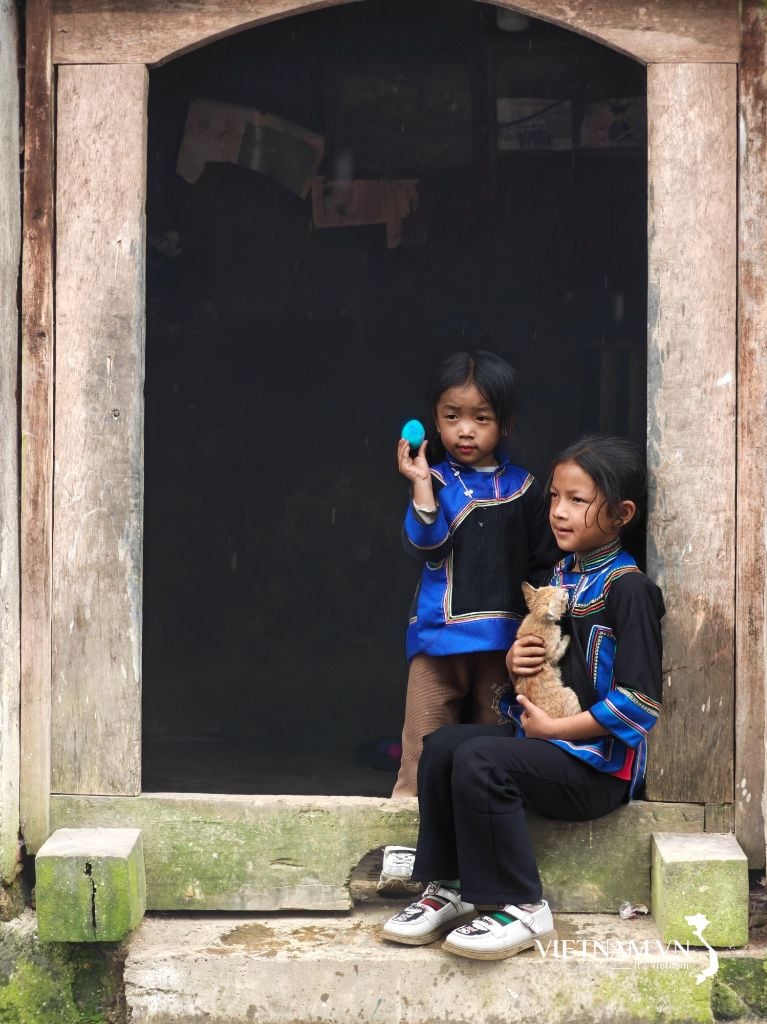
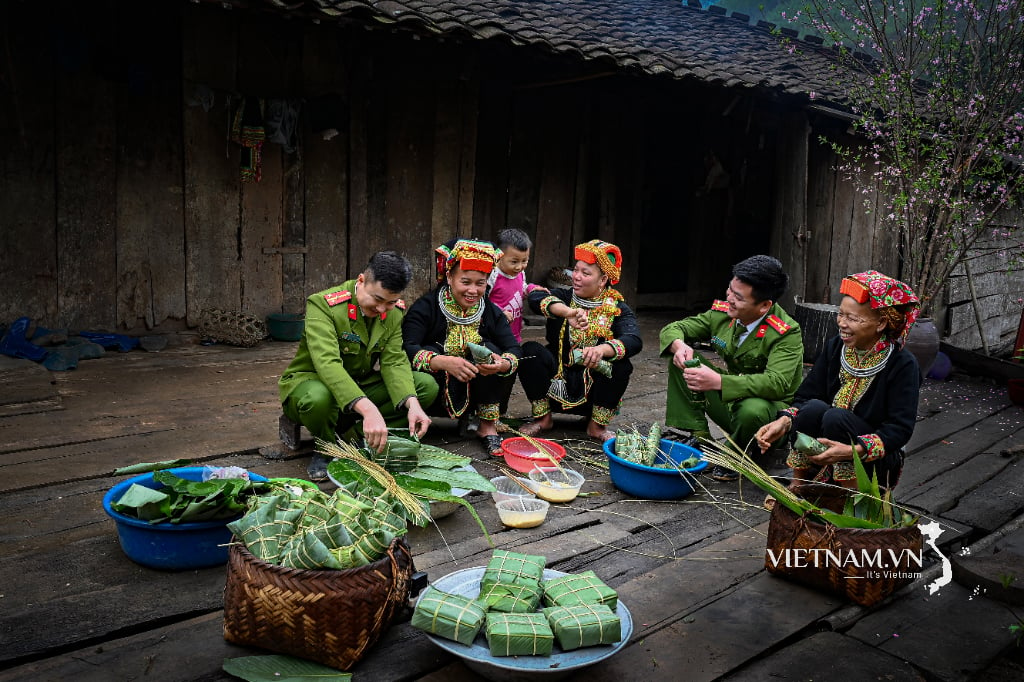
Comment (0)